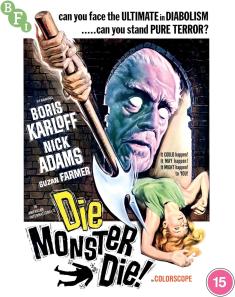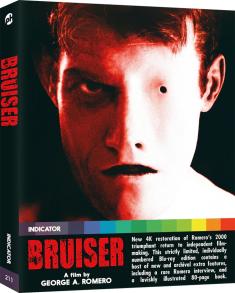The Assembly (PS VR)
Overview -
Developed by nDreams and built using Unreal 4, 'The Assembly' is a VR-focused title that promises to explore both moral dilemmas and a massive, secret organization. It's not just VR at work here, but two different perspectives.
Video Review
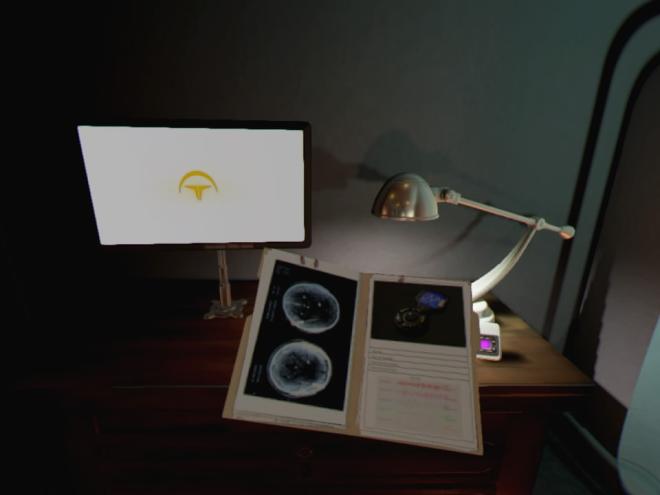
The art design of 'The Assembly' does a decent job of balancing out a potential 'Dr. No' lair with a more grounded workplace. The flip side of that is that there is very little to be impressed by in the breakrooms and washrooms, etc. Overall, another polish pass was needed to fix some weaker textures (which get very close is first-person VR) and simple-looking puzzle objects. Based off of screens from the PC version, the lack of visual polish might also be part of the porting process.
Audio Review
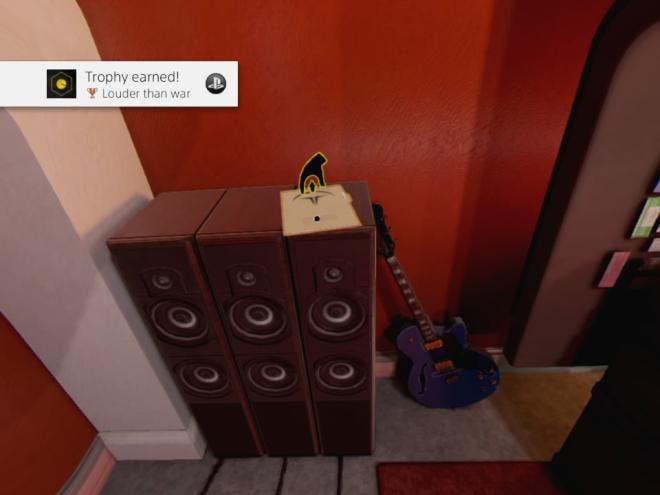
I'm going to call this a minimalist design. It's a thriller type story and setting, but the music is not that. The voice-acting probably does the best with the script that it can.
Final Thoughts
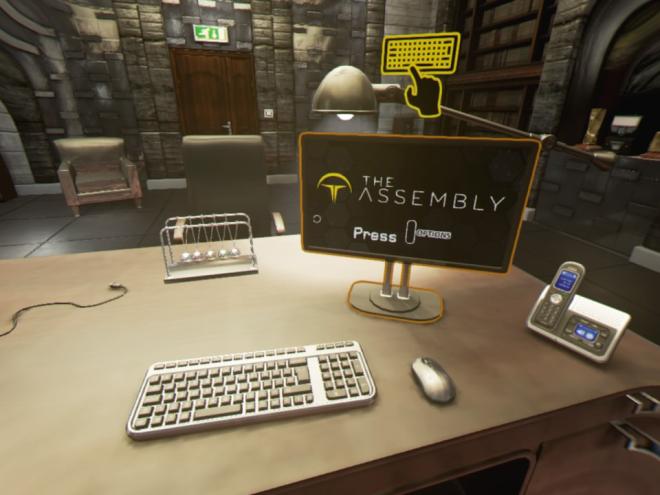
I went looking for Michael Crichton in 'The Assembly,' but I got stuck on the lowlights. As with many ambitious projects, there is some good stock here. As VR advances, another take 'The Assembly' could realize the promise. What's here, however, just isn't thrilling.





